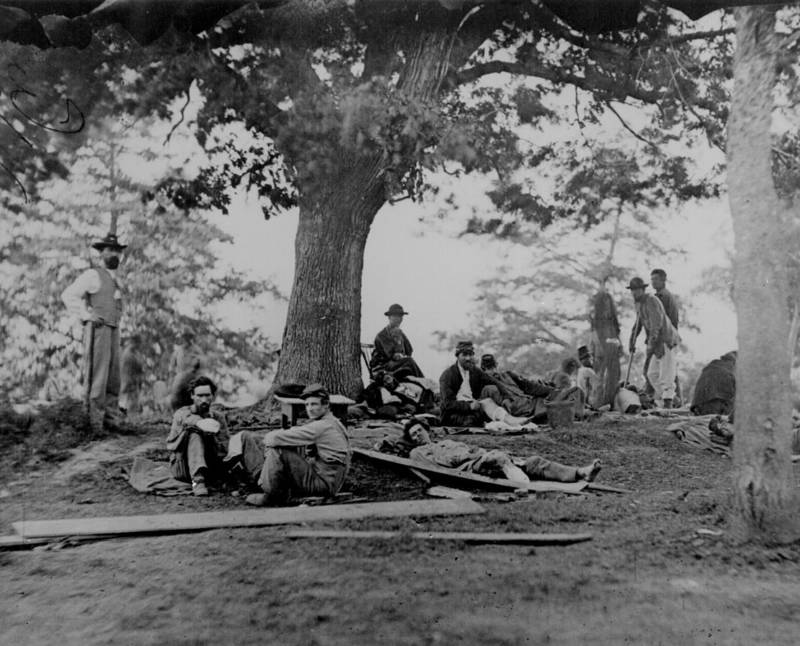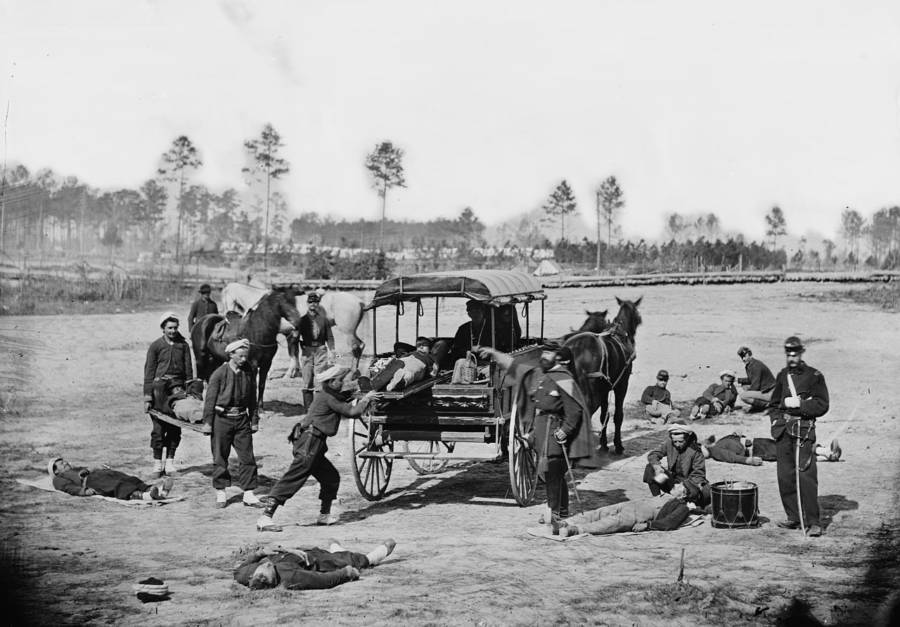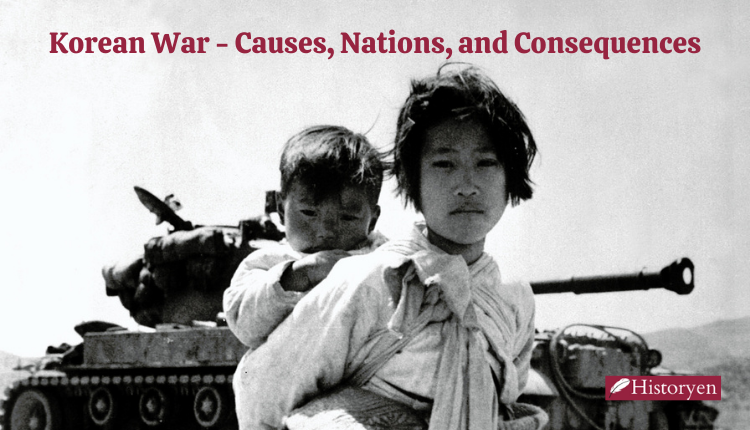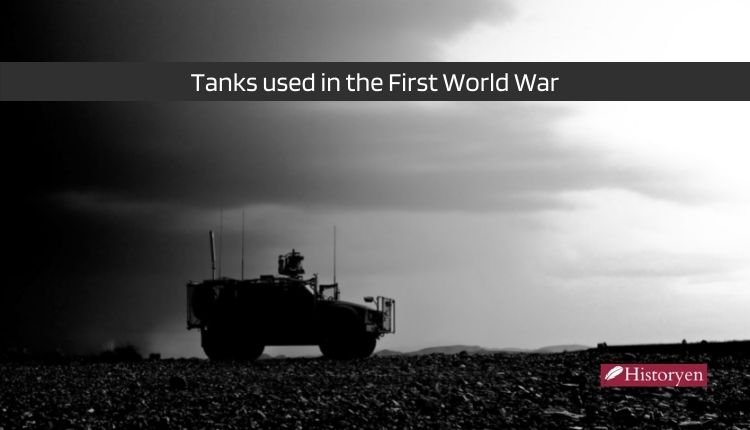The Battle Of Shiloh: A Bloodstained Prelude
The Battle of Shiloh, a brutal clash during the American Civil War, unfolded near Shiloh, Tennessee. General Ulysses S. Grant, leading Union forces, prepared to attack Mississippi. However, Confederate General Albert Sidney Johnston’s surprise assault on April 6, 1862, forced a retreat. Grant, reinforced by General Don Carlos Buell, retaliated, resulting in over 20,000 casualties.
On the night of April 7, amidst the mud-soaked battlefield, wounded soldiers awaited rescue. Some noticed an inexplicable phenomenon — their open wounds emitted a greenish-blue glow. Doctors observed that soldiers with this Angel’s Glow had higher survival rates and faster healing, baffling the medical community.
Angel’s Glow: A Puzzling Radiance

The cause remained elusive for 139 years until 2001, when high schooler Bill Martin explored the Battle of Shiloh. With his mom, microbiologist Phyllis, and friend Jonathan Curtis, they conducted a groundbreaking science project. Identifying glow-in-the-dark bacteria, they cross-referenced historical records.
Shiloh harbored a bioluminescent bacterium, Photorhabdus luminescens, thriving due to parasitic nematodes in larvae’s blood vessels. These nematodes, upon finding a host, emitted a chemical, killing the host and producing the green glow. The Martins and Curtis proposed that the bacteria, aside from glowing, enhanced survival by combating infections.
The Intricacies of Angel’s Glow

Although the bacterium couldn’t survive in warm environments, the trio hypothesized that Shiloh’s cool April night, near swampy terrain, facilitated its presence. The soldiers’ lowered body temperatures, induced by cold and wet conditions, likely welcomed the bacteria into wounds, creating Angel’s Glow. This radiant phenomenon sustained soldiers until medical aid arrived.
Their study won first place at the 2001 Intel International Science and Engineering Fair, unveiling the mystery that had perplexed historians for over a century.
Conclusion: Illuminating the Past
In unraveling Angel’s Glow, we bridge a historical gap, merging the horrors of war with the marvels of science. This luminous revelation from Shiloh showcases nature’s resilience in unexpected places, providing solace to the wounded in the darkest hours.
A: Initially perplexed, soldiers later realized that the glow was linked to increased survival and faster healing.
A: The intricate conditions required for the bioluminescent bacterium to thrive remained unknown until the Martins and Curtis’s 2001 study.
A: No, the Battle of Shiloh remains the primary documented case of this mysterious phenomenon.
A: While not extensively documented, their groundbreaking study earned them recognition in scientific circles.
A: The phenomenon itself hasn’t directly influenced modern medicine, but the study highlighted the potential benefits of certain bacteria in wound healing.



